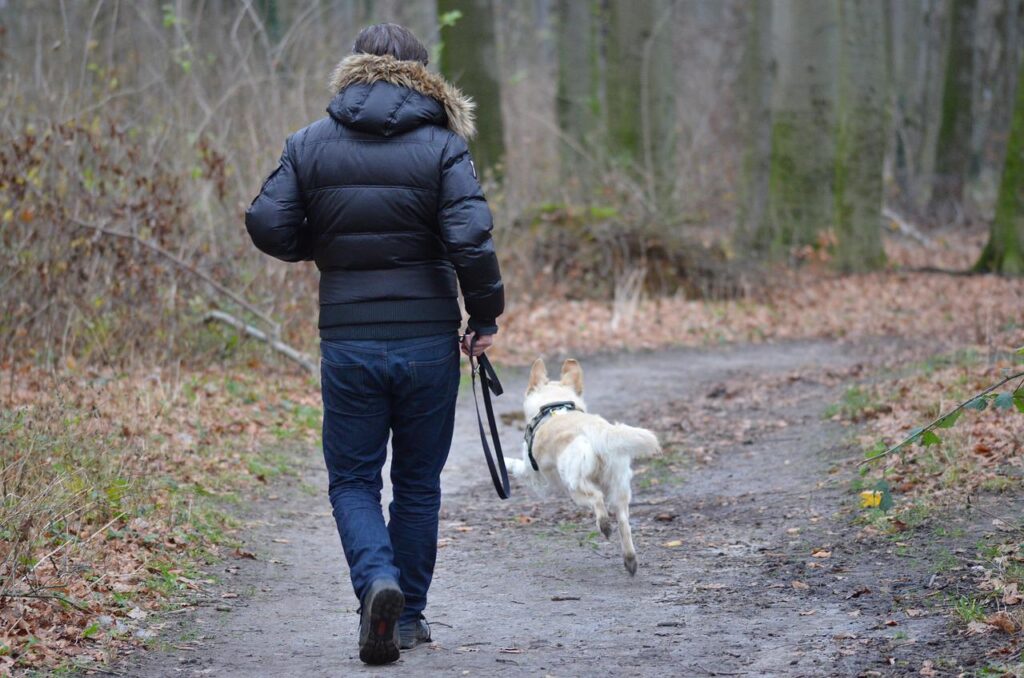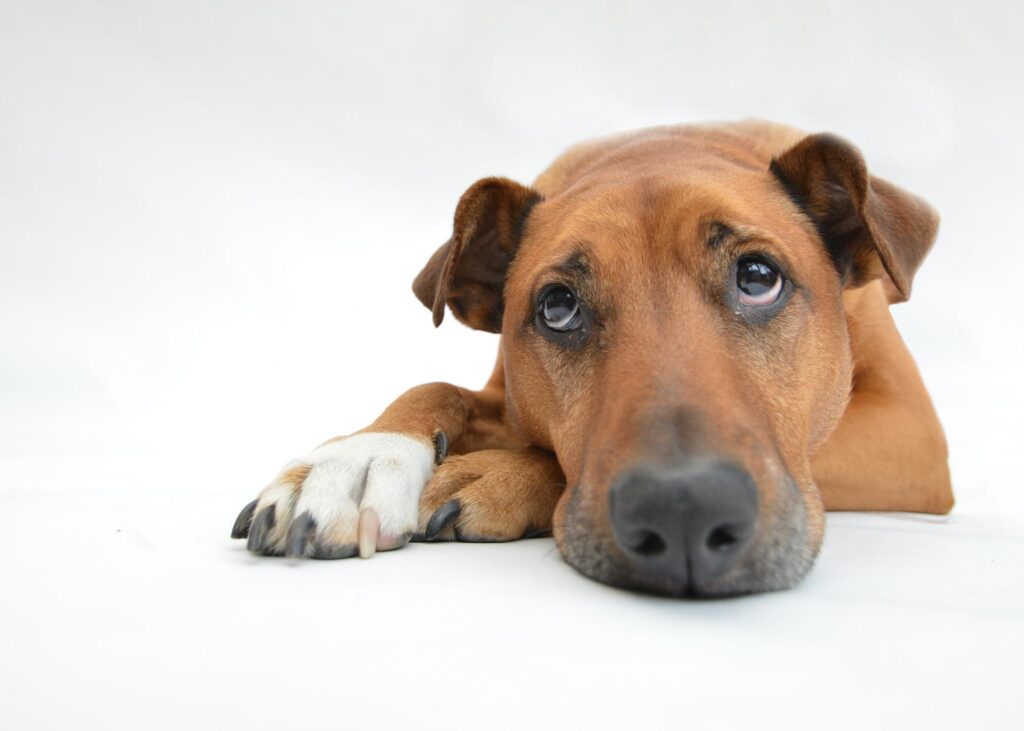As you walk through the park you will find people talking to their dogs. Asking them to ‘sit down’, ‘leave that dog alone’, ‘come back here’, or ‘don’t eat that’.
But most people talk to their dogs while they have their back to them – the dog is more focused on playing with a new friend, some food to grab or a squirrel to catch. Owners then get frustrated at their dog’s lack of reaction, just like we would if a four-year-old ignored us. So, they reprimand the dog.
When at home, most of us talk to our dogs in baby voices and maintain a general chit chat that makes us happy. Who doesn’t like telling their dog what a lovely boy or girl they are all day long?
Most of our interactions with dogs seem to display a parent/child relationship, and even more so when we have adopted a dog.
Even the language we use reflects that. For example, the rise of the term ‘fur baby’, and the way we congratulate dogs’ owners on Father’s or Mother’s Day.
We love our dogs like children and that should be a good thing, right?
The answer is that treating dogs like children can be a big problem and these are the reasons why…

tHE dANGER OF TREATING A DOG LIKE A CHILD
When we think about our dogs as children, we love them like we love our children. We may also find it natural to tell them off or punish them, as we would do a much-loved child.
However, when we tell our rescue dog off in a stern voice, they do not understand what they have done wrong. This is a source of unhappiness, distress, and a multitude of behavioural problems in dogs.
When dogs are told off harshly, they feel unsafe, anxious, and overwhelmed.
Dogs are not children and with that we mean they are not human. Janine Davenport, experienced behaviourist says: “They are a different species with their own rules and communication systems. They do not communicate like humans, nor they understand our language as a child would do”.
In addition to this, dogs don’t think about right and wrong in the same way we do. Jean Donaldson in her book The Culture Clash explains that dogs are amoral and cannot think abstractly: “They cannot move mentally forward and back through time”.
Dogs are unable to think or reflect about the past or the future. Dogs live in the present.
So do not expect your dog to understand why you are telling him off for a shoe he destroyed while you were out of house. As Jean Donaldson says: “Dogs learn by the immediate results of their actions, and by tip-offs to important events in their lives”.
If your dog looks contrite when you arrive home, it is not because he knows he did something wrong, it is because he can read your anger in your body language. He does not know why, but he will try to appease you, so he feels safe.

Understanding Consequences
Dogs understand that actions have consequences and if these consequences are positive, they will do it more often. They learn by operant and classical conditioning.
In her book Do not shoot the dog, Karen Pryor explains that if we give a dog a treat at the time the dog exhibits a behaviour we like, the dog will be more likely to repeat that behaviour. This is called a reinforcer.
A simple example: if we call our dogs, and every time they come to us, they get a tasty biscuit, they will be more likely to come to us again.
On the other hand, if every time we call a dog, we punish him with a harsh word or strong pull on the lead, the dog will be more reluctant to come back when called again.
When they fail to return, they are not trying to upset you or rebel as a child may do. What they are doing is simply more interesting for them. Alternatively, they are afraid of you telling them off if you have done that in the past.
When we treat dogs like children, we move from sweet words of encouragement, to telling them off when they do not behave.
As we would do with a child, we may think it appropriate to raise our voices. We may use a harsh tone.
Soon this will increase the natural levels of anxiety in your dog. It may start to display problematic behaviours, such as excessive fear of new environments, separation anxiety, reactivity, or toileting in the house.

What can we do to help our dog?
It is our responsibility to learn about how dogs think and interact with the world and their environment. We must learn how best to communicate with them in a way they understand.
This will help them feel safe, happy, and content. We must take advantage of the fact that dogs are the best animals in the world at learning with positive reinforcement.
There are some basics steps you can take to help your dog such as:
- Reading books about positive reinforcement techniques and how dogs think.
- Ensure you talk to an experienced behaviourist or fully qualified trainer by IMDT, or APDT. Always ask for qualifications as the word of behaviour and training is highly unregulated.
- Remember your dog does not speak your language. But you can learn theirs. That is the best act of love towards your dog and in particular your rescue dog.

Thank you to Janine Davenport and all the positive reinforcement behaviourists that have informed the content of this blog
Blog written by Victoria Vazquez, Five Circles Dog Rescue
